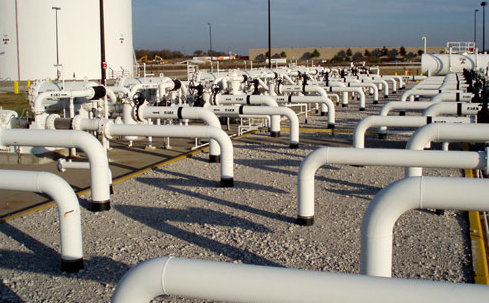 |
|
|
| FAA Improvements Help Airlines Save Fuel Costs and Reduce Emissions | ||
|
June 3, 2008, WASHINGTON, D.C. — At a time when fuel costs are soaring, the Federal Aviation Administration (FAA) has announced new East Coast routes over the ocean that have the potential to save millions of dollars in fuel, reduce delays and help the environment. “We’re taking a major step forward in efficiency,” said Robert A. Sturgell, the FAA’s acting administrator. “These additional routes will save time, fuel and money.” Standardized aircraft navigation, Required Navigation Performance (RNP) 10, will allow planes to fly closer together over the Atlantic from New York to the Caribbean, creating more routes and reducing delays along that busy corridor. Reducing the lateral separation between aircraft from 90 nautical miles (nm) to 50 nm will increase the number of available routes for aircraft traveling off the East Coast by about 40 percent. These routes are in areas that include New York oceanic, Miami oceanic, and the San Juan Center Approach Control airspace. |
 |
|
|
These new routes give controllers the flexibility to offer more efficient flight altitudes, enabling aircraft to reach their destinations more quickly. They are projected to reduce aircraft carbon emissions by 3.9 million tons and save between $400 and $700 million in fuel costs over a 15-year period. The FAA is now able to reduce the separation in oceanic airspace because most aircraft have been equipped with more sophisticated on-board navigation equipment. Airlines and aircraft that are authorized for RNP will be able to take advantage of the reduced separation standards. RNP aircraft may fly on any desired flight path within the coverage of ground- or space-based navigational aids. Approximately 95 percent of the aircraft that fly through this airspace are now RNP-equipped. The changes take effect on June 5. |
||
| ©AvStop Online Magazine To Advertise With Us Contact Us Return To News | ||